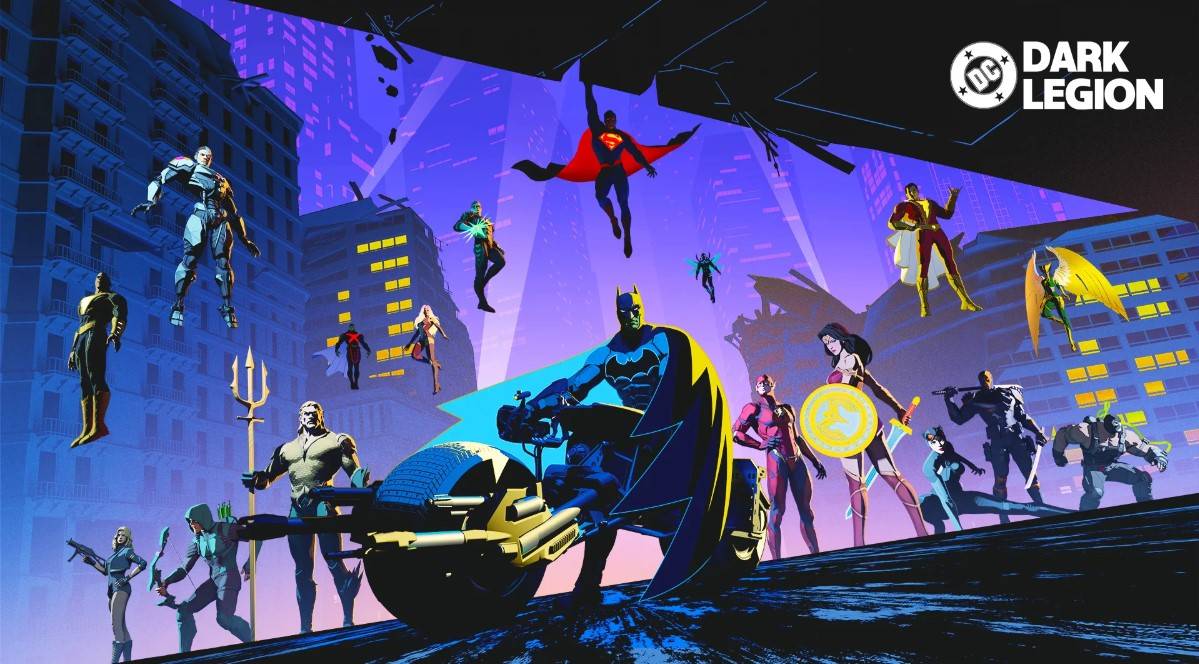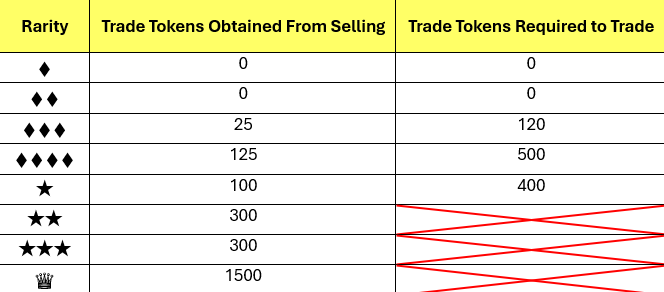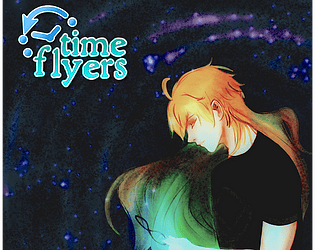Ridley Scott's Lost Dune: Unveiling a 40-Year-Old Script
This week marks four decades since David Lynch's Dune premiered, a box office flop that has since cultivated a devoted cult following. This stands in stark contrast to Denis Villeneuve's recent big-screen adaptation. Ridley Scott's involvement, preceding Lynch's, has remained largely shrouded in mystery—until now.
A 133-page draft of Scott's abandoned Dune, penned by Rudy Wurlitzer in October 1980, has surfaced. This discovery, thanks to T.D. Nguyen, sheds light on a version significantly different from both Lynch's and Villeneuve's interpretations.
Frank Herbert's initial two-part screenplay, while faithful, proved cinematically unwieldy. Scott, after Harlan Ellison declined the project, engaged Wurlitzer for a complete rewrite. The script, like its successors, was envisioned as the first installment of a two-part epic.
Wurlitzer described the adaptation as a challenging undertaking, stating that structuring the narrative consumed more time than writing the final script. He aimed to capture the book's essence while infusing it with a distinct sensibility. Scott himself later confirmed the script's quality.
Numerous factors contributed to the project's demise, including the death of Scott's brother, his reluctance to film in Mexico, escalating budget concerns, and the allure of the Blade Runner project. However, a key factor, as noted by Universal executive Thom Mount, was the script's lack of universal acclaim.
This raises the question: Was Wurlitzer's adaptation a cinematic failure, or simply too dark, violent, and politically charged for mainstream success? A detailed analysis of the script allows for a personal judgment.

A Reimagined Paul Atreides
Scott's Dune opens with a dream sequence depicting apocalyptic armies, foreshadowing Paul's destiny. The script's visual descriptions, characteristic of Scott's style, are richly evocative. Paul Atreides, unlike Timothée Chalamet's portrayal, is depicted as a seven-year-old boy undergoing a Bene Gesserit test. The scene intercuts his Litany Against Fear with his mother Jessica's, highlighting their psychic bond.
This Paul exhibits a "savage innocence," a more assertive character than Lynch's version, as noted by Stephen Scarlata, producer of Jodorowsky's Dune. The script even includes a flash-forward showcasing Paul's transformation into a master swordsman by age 21.
The Emperor's Demise and Shifting Power Dynamics
The script introduces a pivotal plot twist: the Emperor's death, which serves as the catalyst for the ensuing events. This differs significantly from the novel. The Emperor's death is revealed in a visually striking scene, followed by the machinations of Baron Harkonnen, who seeks to divide Arrakis' spice production with Duke Leto.
A noteworthy dialogue exchange mirrors a famous line from Lynch's Dune: "He who controls the spice controls the universe." This raises questions about potential influence between the two scripts.
The Guild Navigator and Arrakis' Harsh Reality
The script features a Guild Navigator, a spice-mutated creature, depicted as a unique, otherworldly being. This is a departure from the book, where the Navigator is only introduced later. The depiction of the Navigator foreshadows elements found in Scott's Prometheus.
The Atreides' arrival on Arrakis showcases a medieval aesthetic, emphasizing swords and feudal customs. The ecological impact of spice harvesting is highlighted through Kynes' explanations. The script also depicts the squalor of Arakeen, contrasting sharply with the affluent lives of the ruling class.
A new action sequence depicts Paul and Duncan engaging in a violent bar brawl, a departure from the book’s portrayal of Paul. This encounter leads to their meeting with Stilgar, who decapitates a Harkonnen agent.
The script also features a graphic depiction of the attack on the Atreides' fortress, with brutal violence and the death of Duke Leto. Jessica administers poison to the dying Duke.
Paul and Jessica's escape into the desert is equally intense, culminating in a crash landing and a close encounter with a sandworm. The script omits the incestuous relationship between Paul and Jessica, a significant alteration from earlier drafts.
The Fremen encounter and Jamis' death duel are portrayed with visceral detail. Paul's acceptance into the Fremen tribe and his relationship with Chani are presented differently than in previous adaptations.
A Water of Life ceremony, featuring a gender-bending Shaman and a sandworm, concludes the script. The ceremony results in Jessica becoming the new Reverend Mother, and Paul's acceptance as the Lisan al-gaib. The script ends with the implication of Paul's sandworm ride, a key element from Herbert's novel.
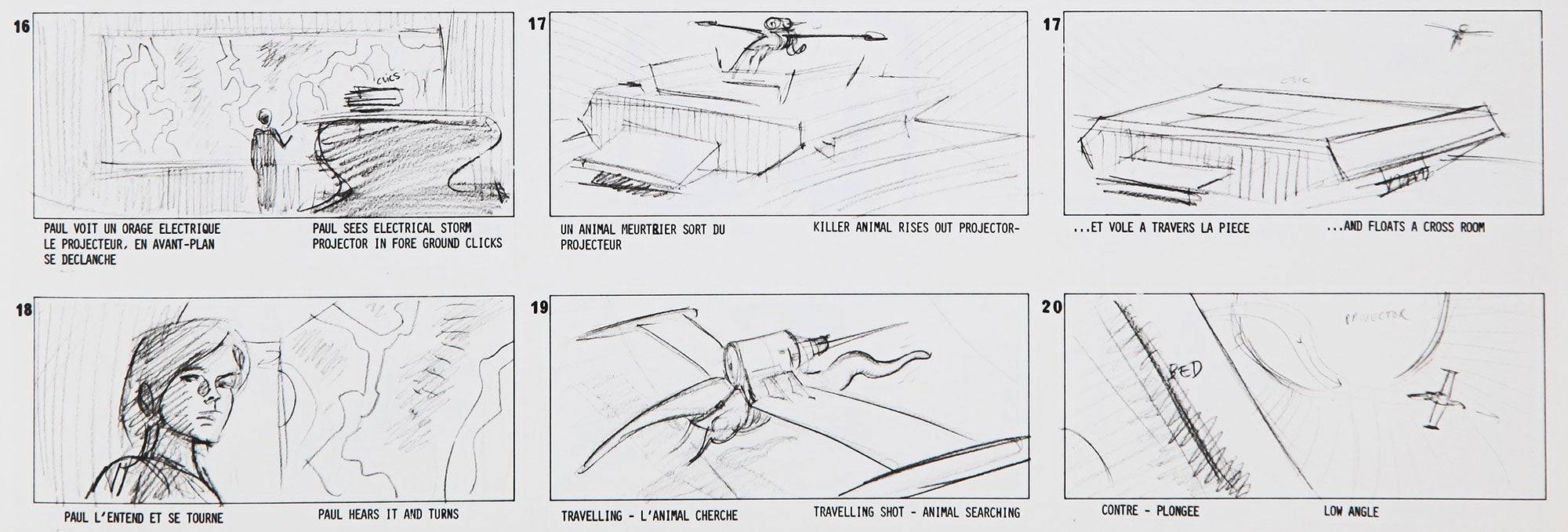
A Bold, Yet Divisive Vision
Scott's Dune, as envisioned by Wurlitzer, presents a darker, more violent, and politically charged narrative than previous adaptations. Paul is depicted as a ruthless leader, complicit with others in achieving their goals. The script emphasizes the ecological and political aspects of Herbert's novel, giving them equal weight with the spiritual elements.
While the script's boldness is undeniable, its deviation from Herbert's source material and its grim tone likely contributed to its rejection. The script's lack of a conclusive ending further complicates its assessment.
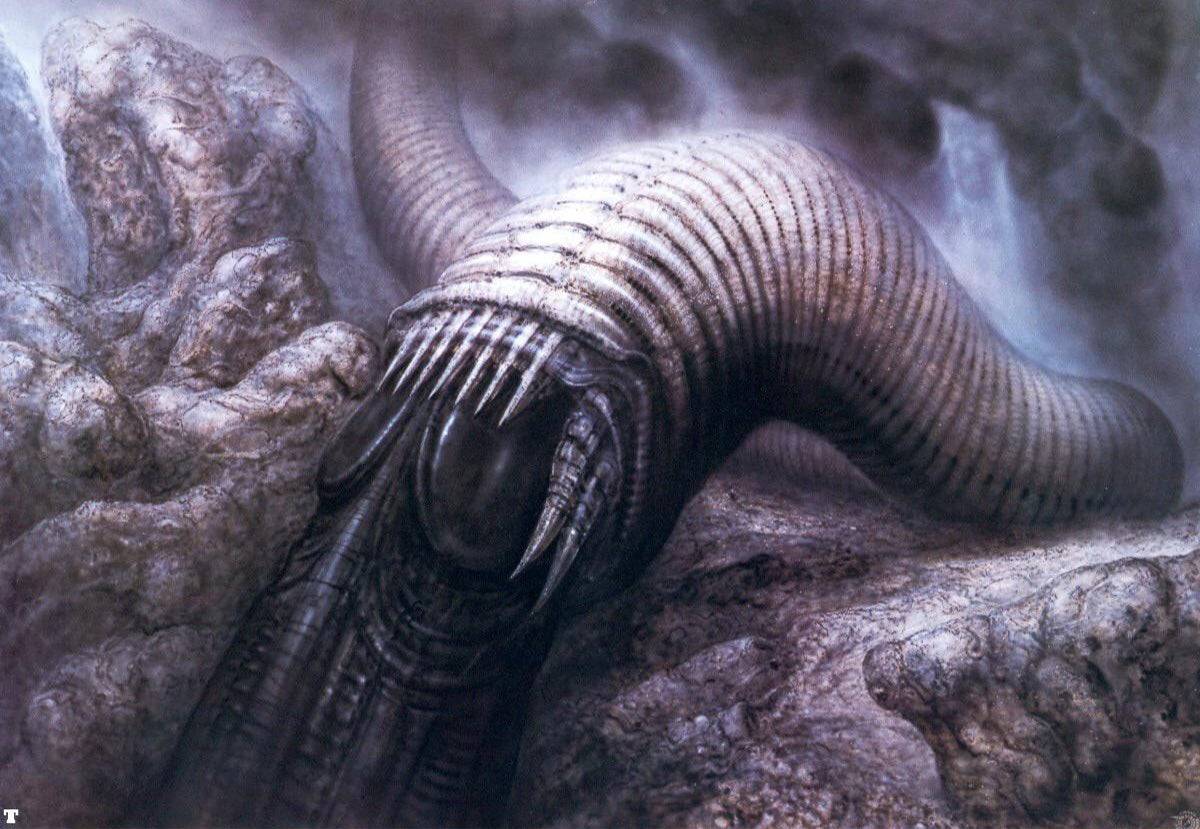
The legacy of this lost Dune lies in its unique approach to the source material, its visually striking descriptions, and its exploration of ecological and political themes. While it may not have become a film, it offers a fascinating glimpse into an alternative cinematic interpretation of Frank Herbert's epic work. The script's enduring relevance lies in its exploration of themes that remain pertinent today: environmental decay, the dangers of fascism, and the awakening of the populace.

